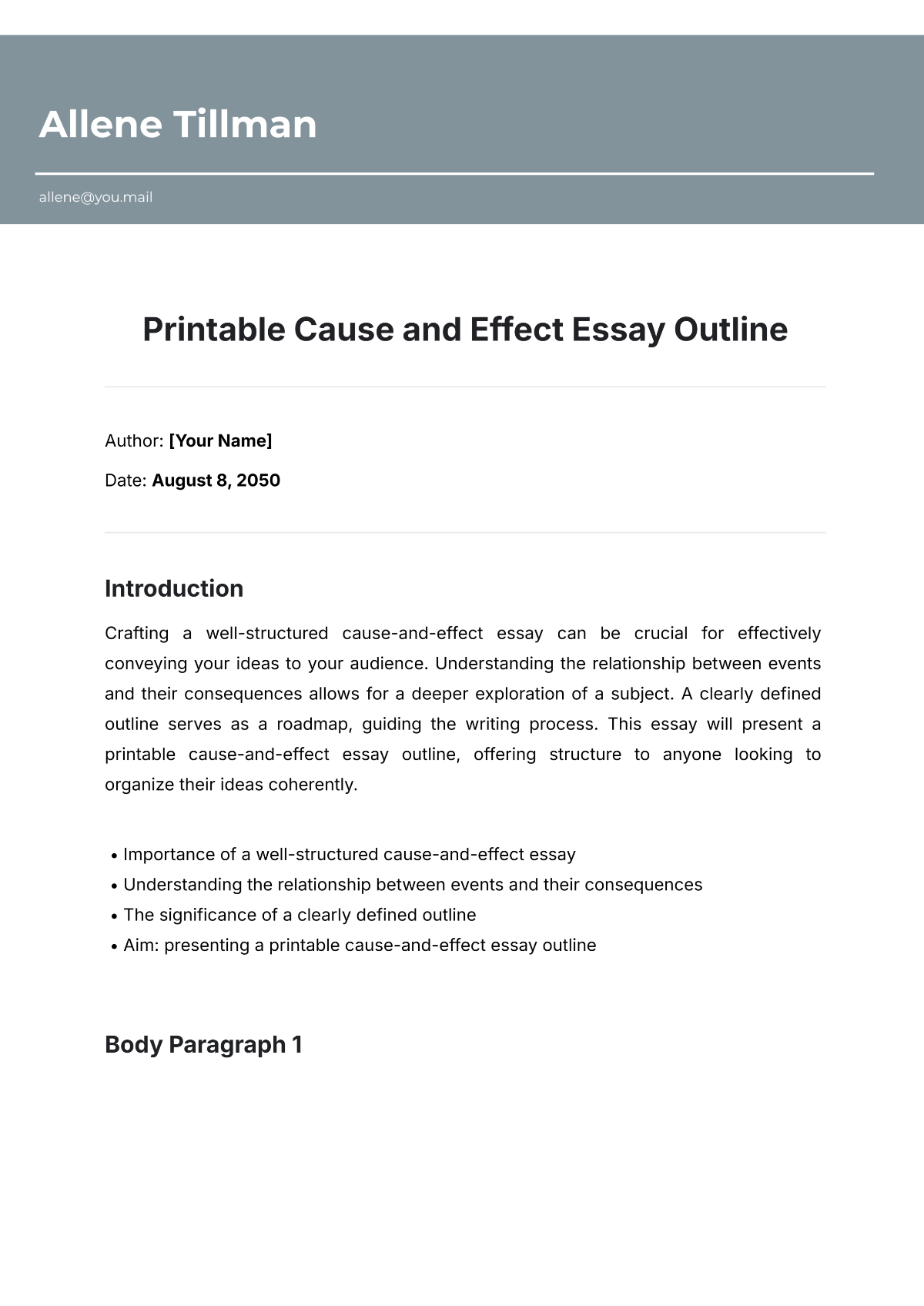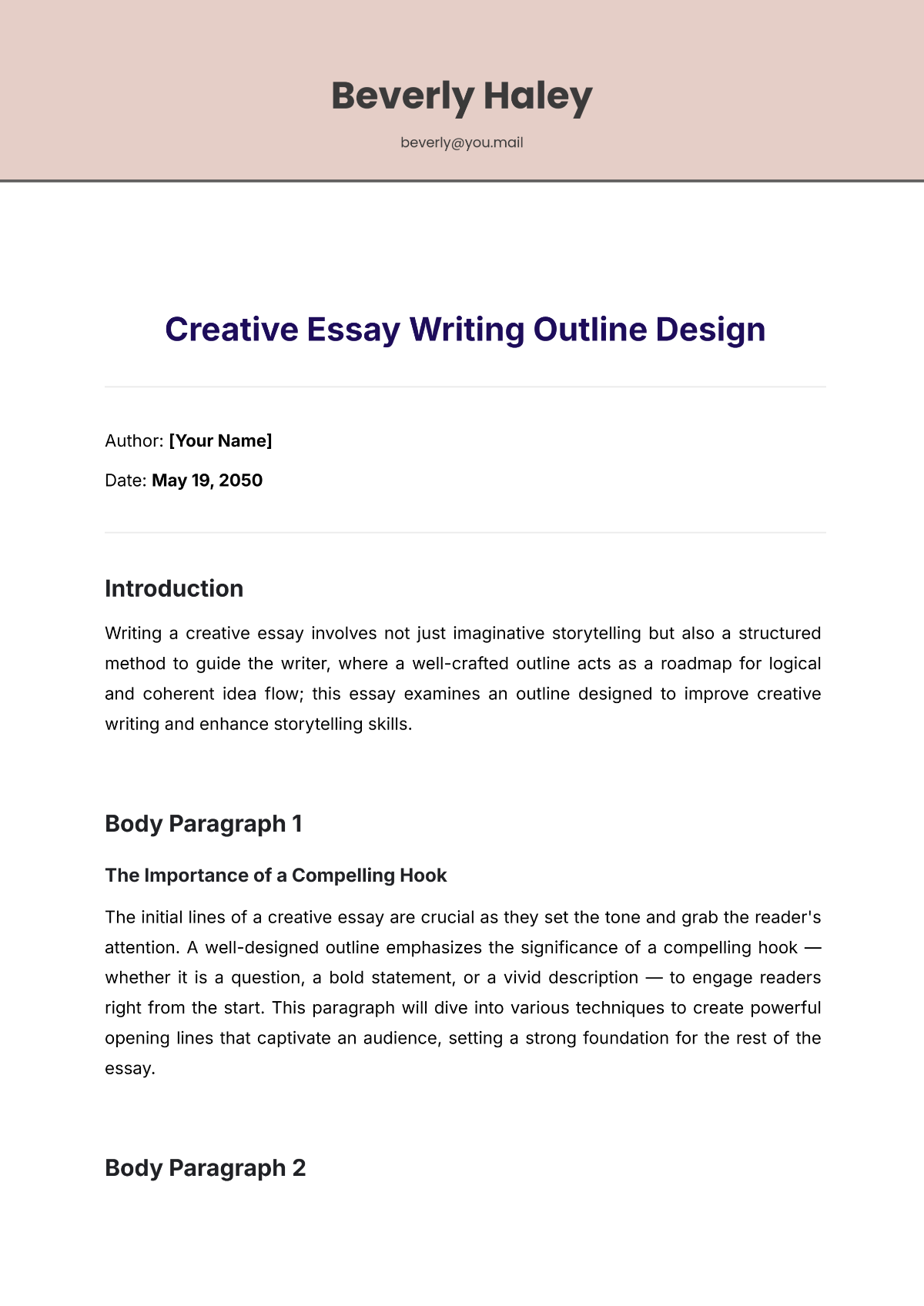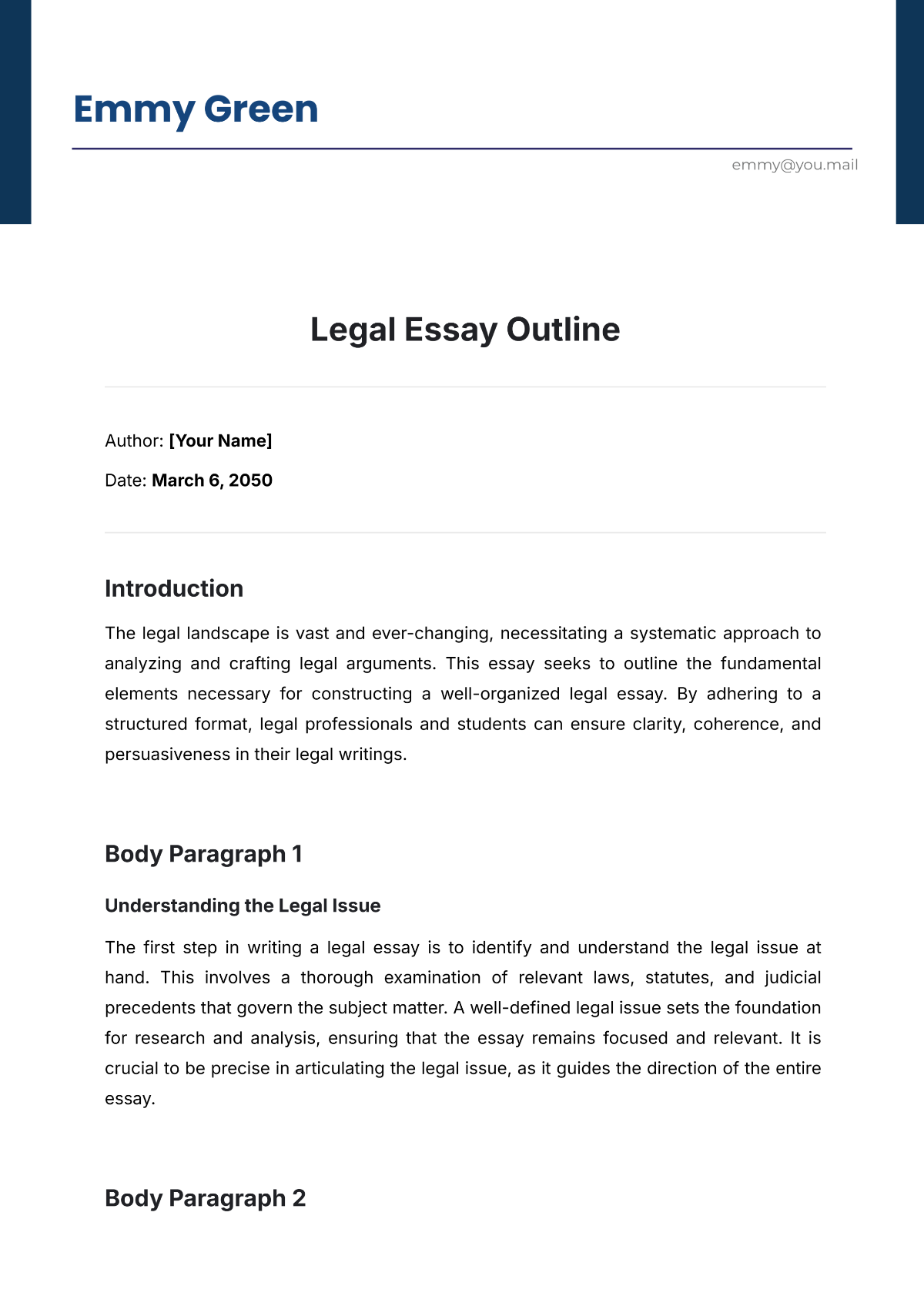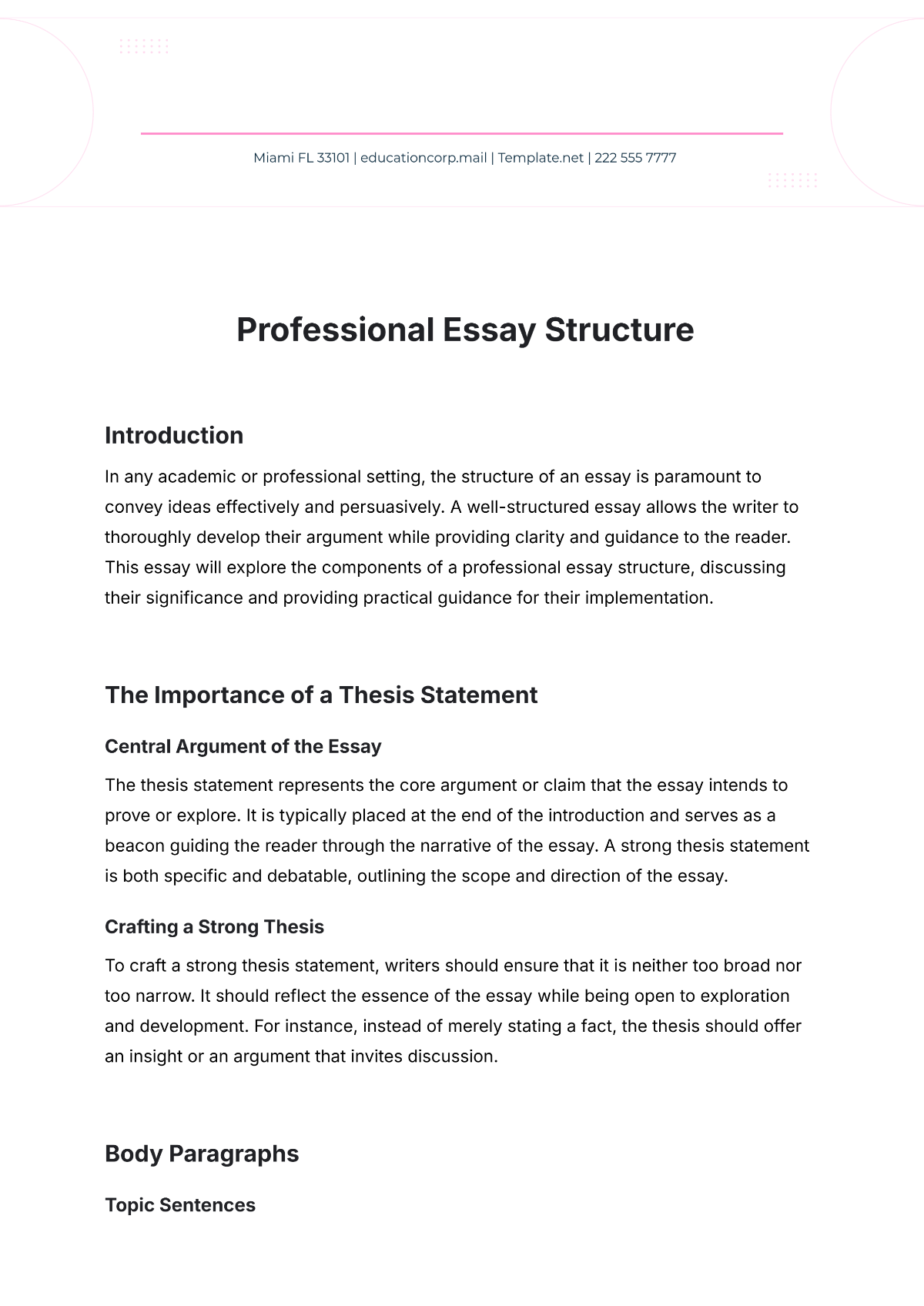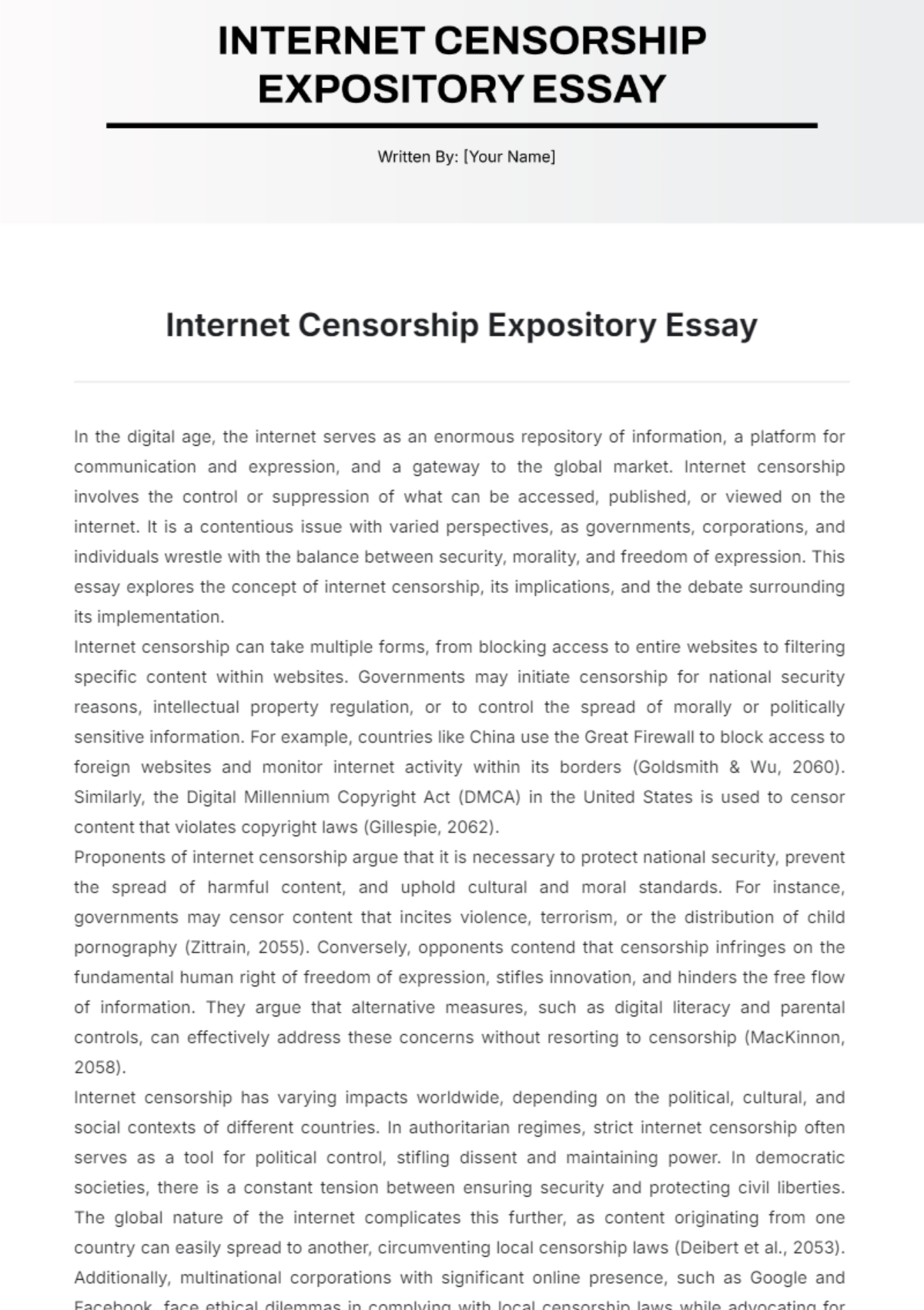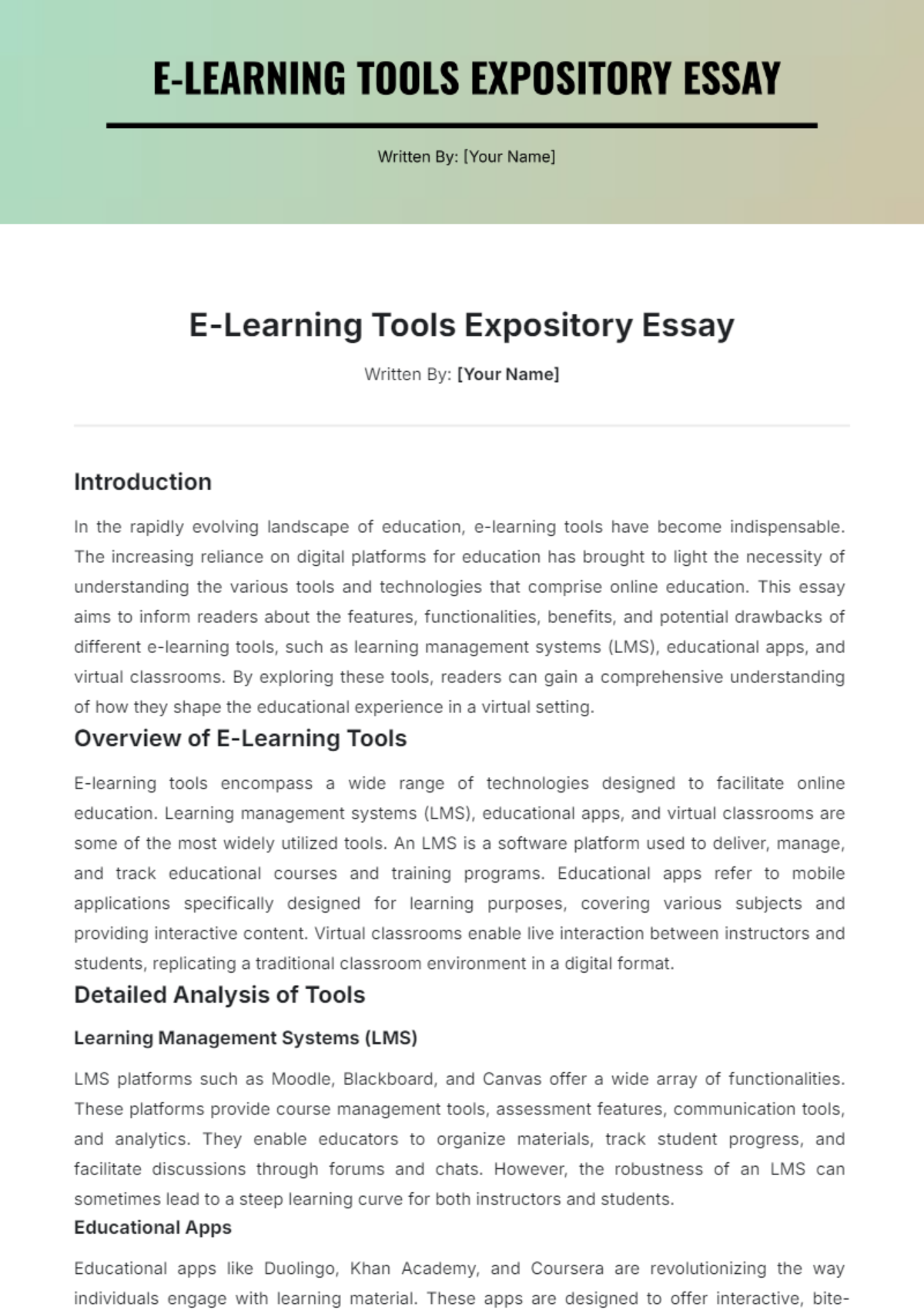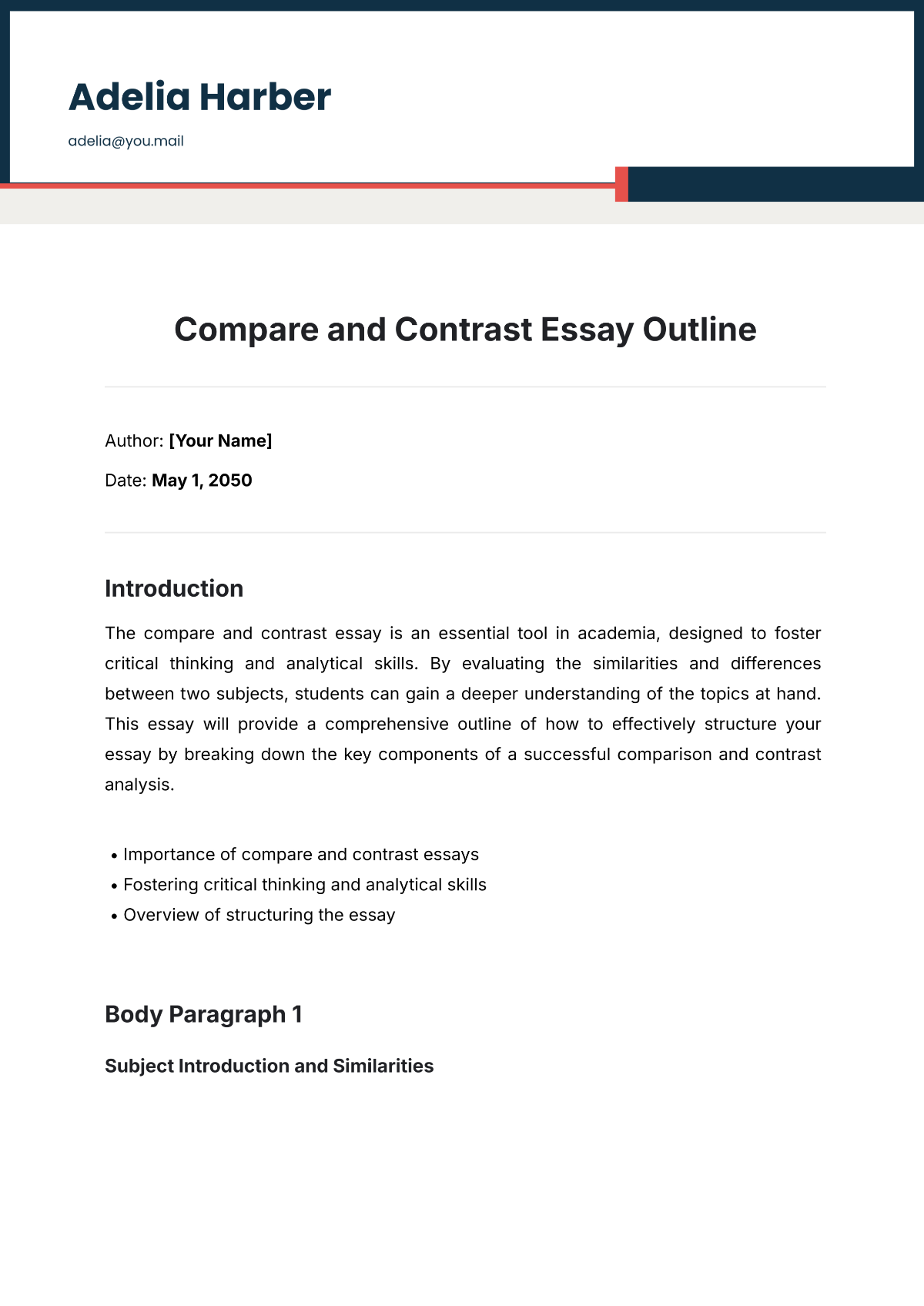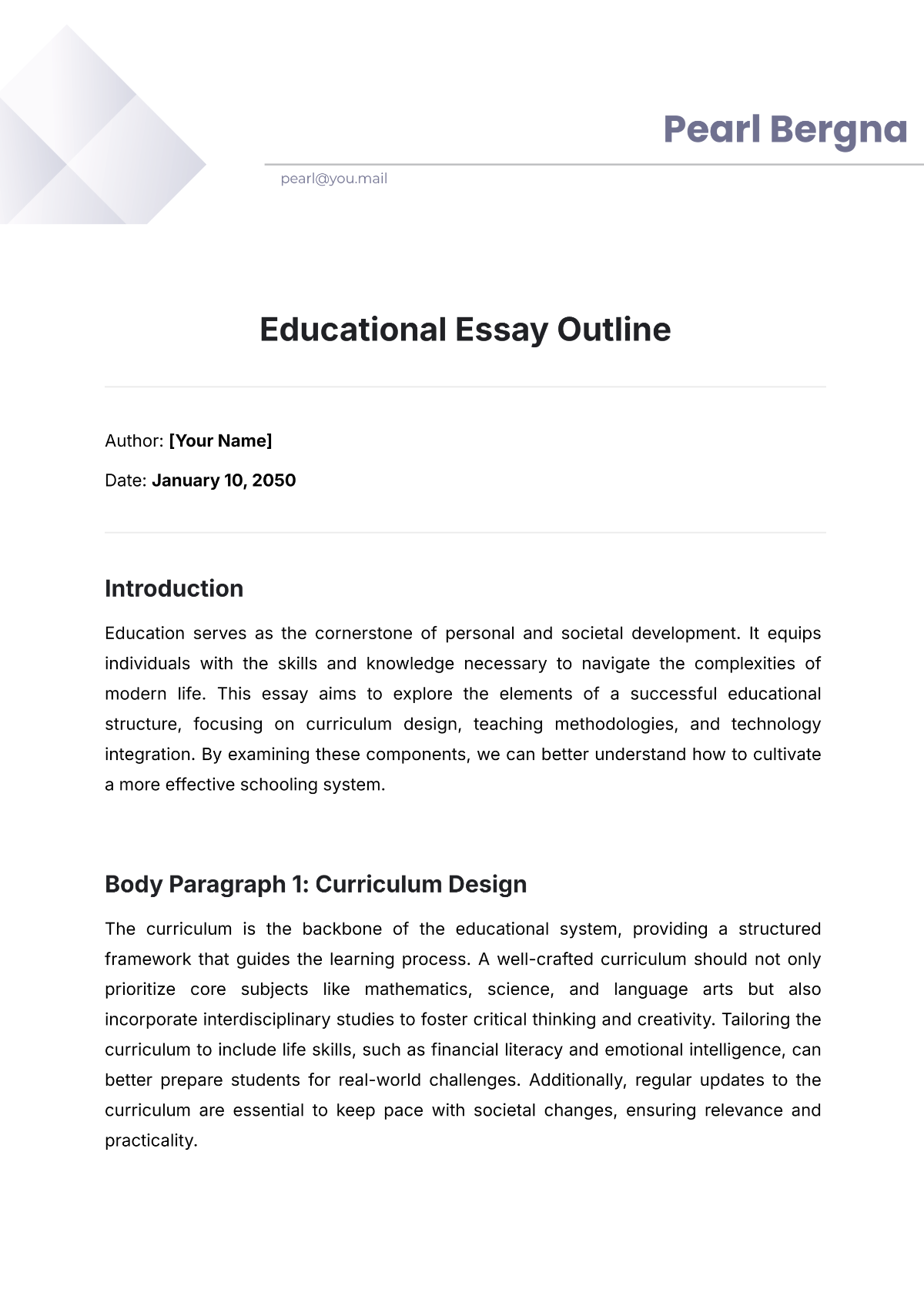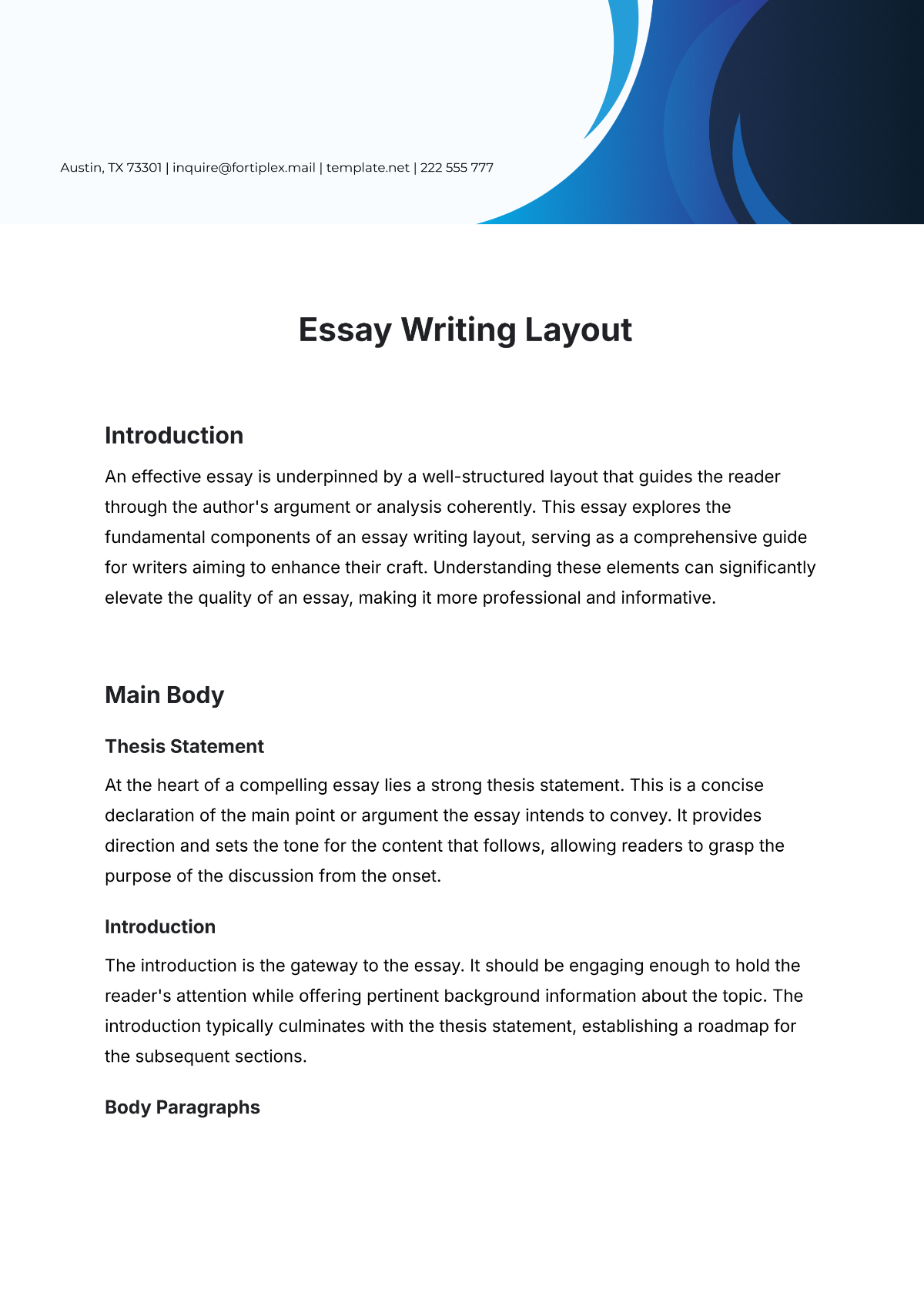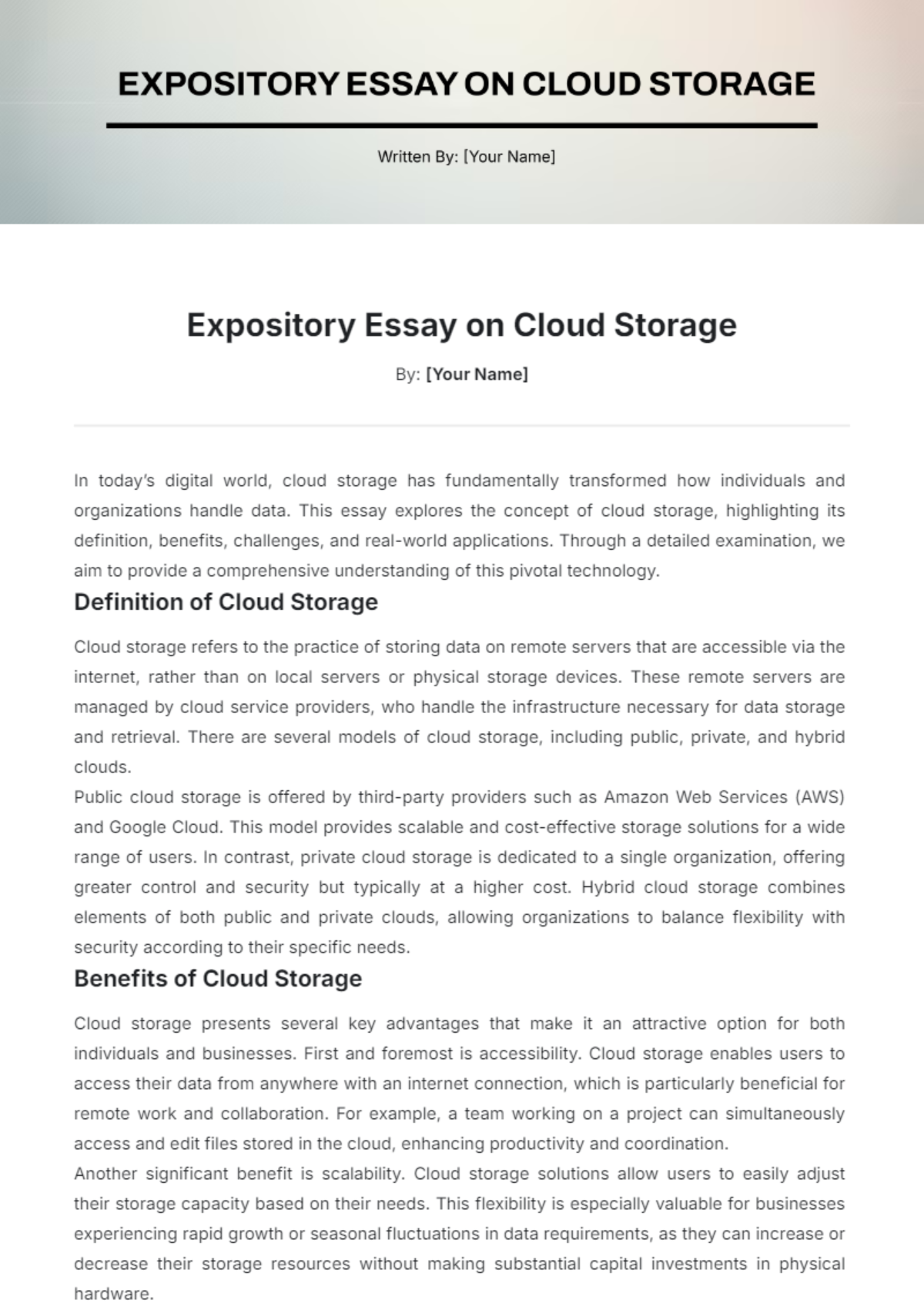Dissertation Essay Outline
Author: [Your Name]
Date: June 24, 2050
Introduction
A dissertation represents the culmination of a significant academic journey, embodying a student's ability to conduct comprehensive research and contribute original knowledge to their field of study. An effective outline is the backbone of a well-structured dissertation essay, providing clarity, direction, and coherence to the research. This essay will explore a detailed dissertation essay outline, highlighting the critical elements in each section to ensure a cohesive and insightful academic work. Ultimately, a thoughtful outline is indispensable in achieving academic success and scholarly recognition.
Body Paragraph 1
Title and Abstract
The title of the dissertation should encapsulate the essence of the research, focusing on the core subject and the scope of the study. An effective title not only attracts the reader's attention but also provides a glimpse into the study’s objectives. The abstract, a succinct summary of the dissertation, should convey the primary research question, methodology, key findings, and implications. This section should enable readers to assess the relevance of the research quickly and determine its potential contributions to their interests or field.
Introduction and Objectives
The introductory section sets the stage for the dissertation by presenting the research question, explaining its significance, and outlining the hypothesis or the guiding research objectives. The objectives should clearly define what the dissertation aims to achieve while contextualizing the study within the broader academic discourse. This sets a clear and focused path for the subsequent research and analysis, ensuring alignment with the outlined purpose.
Body Paragraph 2
Literature Review
An extensive literature review establishes the foundation of the dissertation by examining existing research, identifying gaps, and highlighting the dissertation's potential contributions. By critically analyzing previous studies, theories, and methodologies, the literature review contextualizes the current study within the broader academic field. This section not only demonstrates the depth of the researcher’s knowledge but also showcases the uniqueness and necessity of the current research in pursuing novel insights and understanding.
Research Methodology
The methodology chapter details the research design, data collection methods, and analytical techniques employed in the dissertation. An effective methodological section should justify the chosen research design, outlining its appropriateness in addressing the research question. By clearly communicating the methodological frameworks, this section enhances the reliability and validity of the research findings, ensuring the robustness and reproducibility of the study.
Body Paragraph 3
Data Analysis and Results
This section presents the findings of the research, employing visual aids such as tables, figures, and graphs to enhance comprehension. By systematically summarizing the collected data, the researcher can highlight key trends, patterns, and anomalies. A clear and concise presentation of results is crucial for facilitating the readers' understanding and allowing them to scrutinize the research outcomes critically. The analysis should align with the research objectives, providing empirical evidence to support or refute the dissertation’s hypothesis.
Discussion and Implications
The discussion section interprets the research findings, relating them to the research question and objectives. It explores the implications of the results, considering their significance within the broader theoretical and practical context. An effective discussion goes beyond mere interpretation, offering recommendations for future research and addressing the limitations of the current study. This section demonstrates the researcher’s ability to critically engage with their findings and contribute valuable insights to their academic field.
Conclusion
The conclusion brings closure to the dissertation by summarizing the key findings, reiterating the significance of the research, and reflecting on its contributions to the field. A well-crafted conclusion reinforces the coherence of the dissertation, emphasizing its original contributions and potential future directions. By highlighting the study's broader impact, the conclusion underscores the enduring relevance and significance of the research, reinforcing its scholarly and practical value.
In conclusion, crafting a detailed and coherent dissertation essay outline is an essential step in ensuring a well-organized and impactful academic work. By systematically addressing each critical section, from the introduction to the conclusion, the researcher can effectively guide their audience through their comprehensive study, facilitating a deeper understanding and appreciation of their scholarly endeavors.




